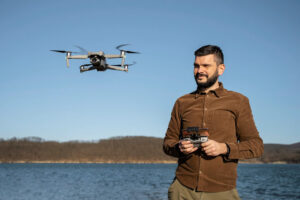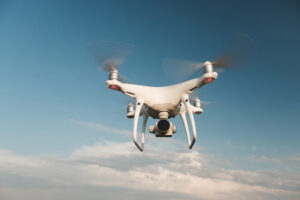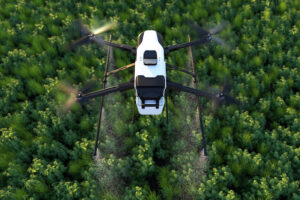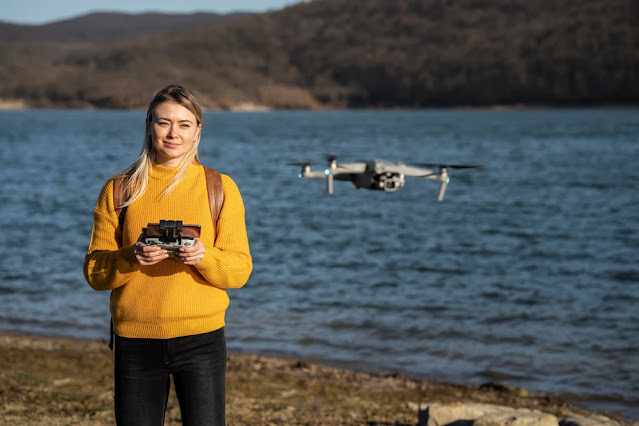
Introduction:
Remote control drones are unmanned aerial vehicles that can
be flown from a distance using a remote controller. These drones have become
increasingly popular in recent years, with their applications ranging from
aerial photography and videography to search and rescue operations and military
reconnaissance. In this blog, we will explore the different aspects of remote
control drones, their features, and their uses.
What is a Remote Control Drone?
A remote control drone is a small aircraft that can be
controlled remotely using a handheld device. These drones can be equipped with
cameras, allowing users to capture aerial footage and images from a unique
perspective. They are used for a variety of purposes, including aerial
photography, videography, surveying, and exploration.
1. Types of Remote Control Drones:
There are different types of remote control drones available
in the market, including fixed-wing drones, quadcopters, hexacopters, and
octocopters. Fixed-wing drones are usually used for long-distance flights and
can stay in the air for longer duration. Quadcopters are the most common type
of drone, with four rotors and the ability to hover and fly in any direction.
Hexacopters and octocopters are similar to quadcopters, but with six and eight
rotors, respectively, making them more stable and able to carry heavier
payloads.
2. Features of Remote Control Drones:
Remote control drones come with different features,
depending on their type and intended use. Some common features of remote
control drones include GPS navigation, obstacle avoidance, live video
streaming, and advanced stabilization systems. These features make remote
control drones easy to control and operate, even for beginners.
3. Uses of Remote Control Drones:
Remote control drones have a wide range of uses, including
aerial photography and videography, surveying and mapping, agriculture, search
and rescue operations, and military reconnaissance. Aerial photography and
videography are the most common applications of remote control drones, with
photographers and videographers using drones to capture stunning footage from
the air. Surveying and mapping are also popular applications of remote control
drones, with drones used to create 3D maps of landscapes and buildings. In
agriculture, remote control drones are used for crop monitoring and analysis,
while in search and rescue operations, they are used to locate missing persons
in remote or hard-to-reach areas.

4. Benefits of Remote Control Drones:
Remote control drones offer several benefits, including
cost-effectiveness, time efficiency, and safety. Drones are more cost-effective
than traditional aerial photography methods, as they require fewer resources
and can be operated by a single person. Drones are also more time-efficient, as
they can cover larger areas in a shorter amount of time. Moreover, remote
control drones are safer than traditional aerial photography methods, as they
eliminate the need for humans to fly in risky or dangerous environments.
5. Regulations for Flying Remote Control Drones:
To fly remote control drones safely and legally, it is
important to follow the regulations set by the Federal Aviation Administration
(FAA). These regulations include registering your drone, flying below 400 feet,
keeping the drone in sight at all times, and avoiding flying near airports or
other restricted airspace.

Conclusion:
Remote control drones have become an increasingly popular
tool for a wide range of applications, from aerial photography and videography
to search and rescue operations and military reconnaissance. With their
advanced features and easy-to-use controls, remote control drones offer several
benefits, including cost-effectiveness, time efficiency, and safety. However,
it is important to follow the regulations set by the FAA to ensure safe and
legal operation of remote control drones.





